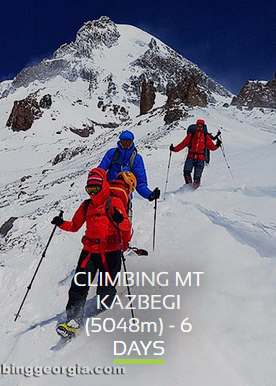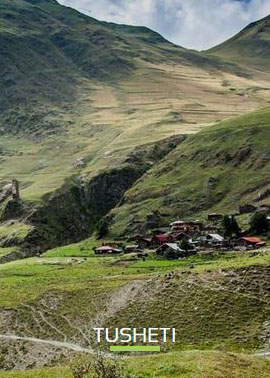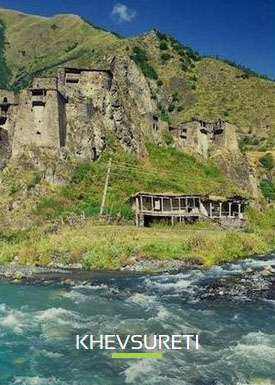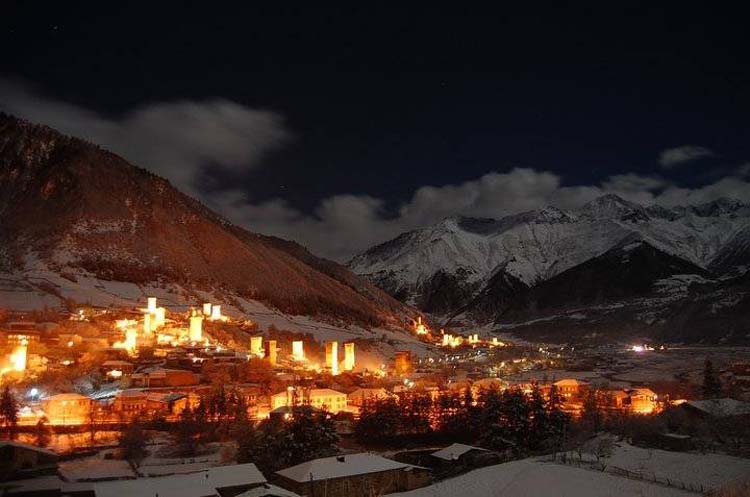
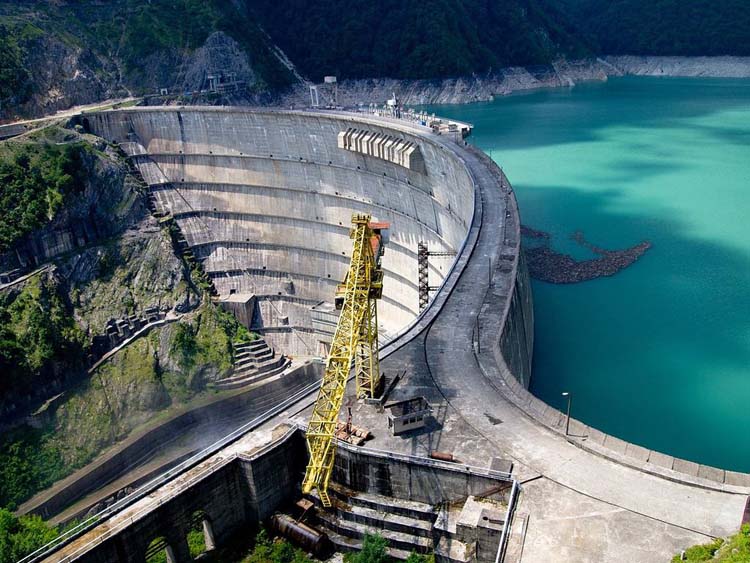
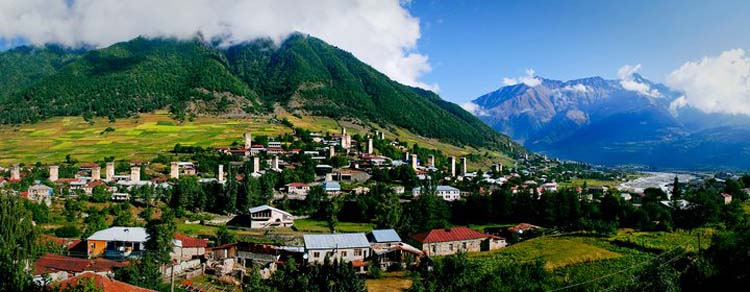
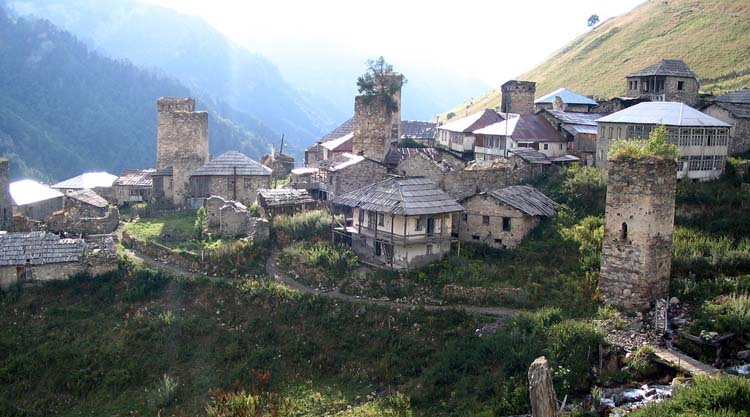
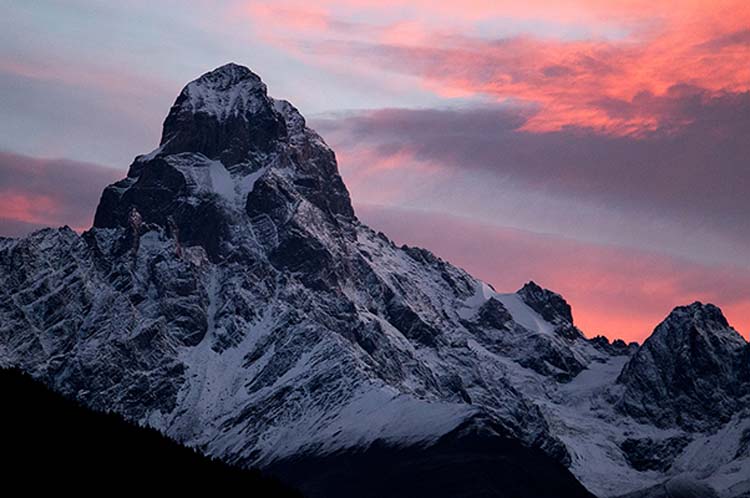
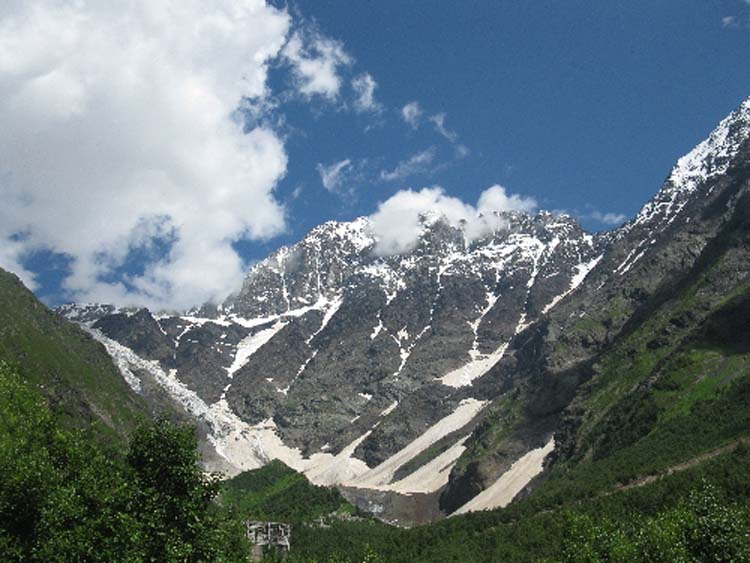
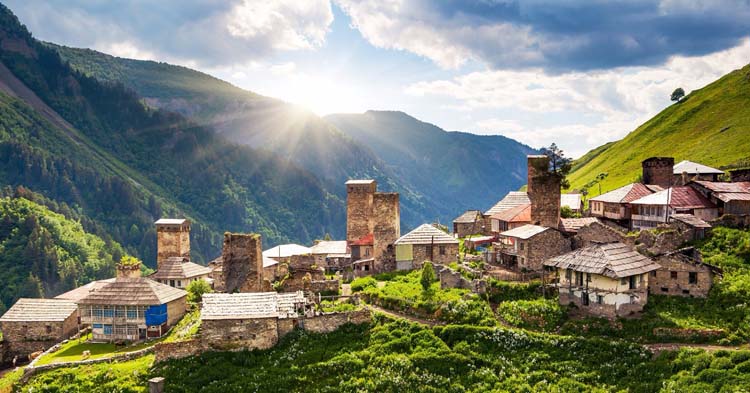
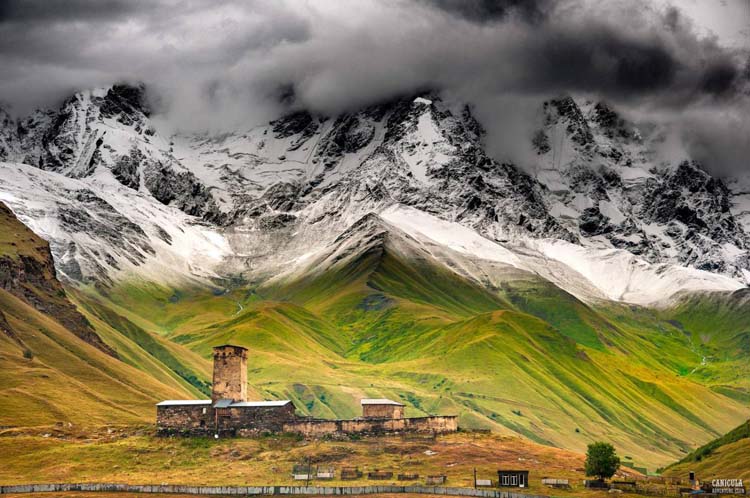
The Highest Mountains of Caucasus
SVANETI
https://goo.gl/maps/jBLp2BaMYtS2
https://goo.gl/maps/wC3soAXooCz
TRANSPORTATION TO SVANETI
The main road leading into the region comes from Kutaisi through Zugdidi. Although there is another road leading from Kutaisi, through lower Svaneti Region (town Lentekhi) to village Ushguli – it is in a bad condition (which makes it very long drive) and can be unpassable in winter due to snow. This road is travelled mostly only by adventurous tourists or locals.
Booking, again from Vanilla Sky
INGURI DAM
The Inguri Dam is a hydroelectric dam on the Inguri River on the way to Svaneti. Currently it is the world's second highest concrete arch dam with a height of 271.5 meters (891 ft). It is located north of the town Jvari, very near town Zugdidi. It is part of the Inguri hydroelectric power station (HES) which is partially located in Abkhazia, the separatist region of Georgia.
MAZERI & USHBA
Village Mazeri is a small last village in the Becho villages range near Mestia. The area offers best views of Mt. Ushba from the south side and some beautiful treks to Ushba glacier, Shdugra waterfalls and over the Guli pass to Mestia.
For more information on treks we recommend website: Caucasus Trekking - Svaneti
While exploring the area, we recommend visiting Local small Café-guesthouse – Hikers Inn.
It’s located on the way to Ushba Glacier and Shdugra Waterfalls. Apart from friendly greeting and nice locals you will find artificial lakes (one for swimming, one as trout farm), Svanetian specialty dish Kubdari with a twist (instead of beef made out of trout), a sauna, accommodation and chilling area with a great view and a horse rental.
Facebook page: Hikers Inn
Contact info: qortvebish@gmail.com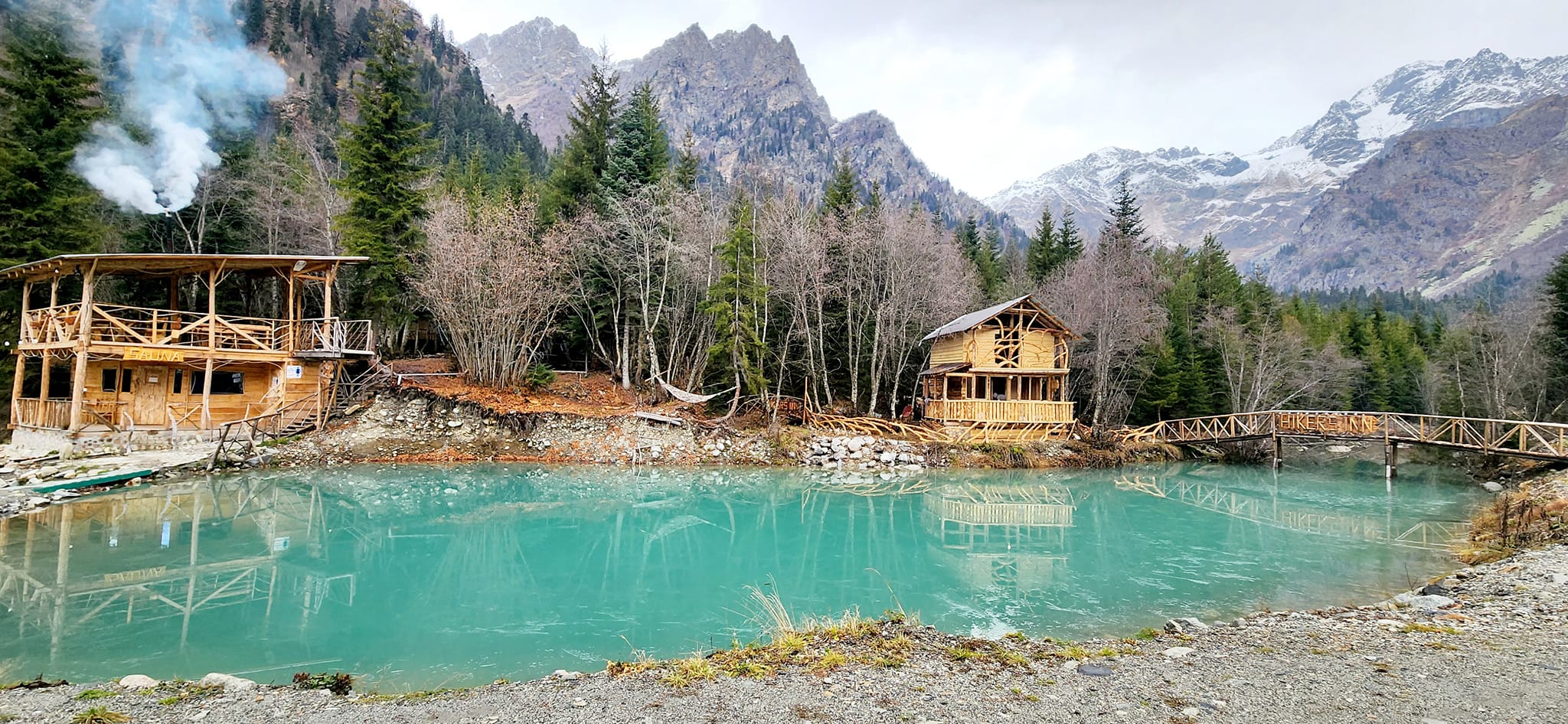
TOWN MESTIA & AROUND
What & Where to it in Mestia / Svaneti
Popular local dishes are: Svaneti Salt (Salt mixed with spices); Kubdari (meat pie with spices, and Svaneti salt); Tashmijabi (Potato puree mixed with melted cheese);
Restaurants: Old House Hotel & Café; Café Laila; Zuruldi 2340 Restaurant; New Cafe Daeli; Sunset Mestia
While in Mestia do visit:
- Highly Recommended Guesthouse: "Heshkili Huts"
The guesthouse (small cottages and treehouses) has amazing viewpoint, very nice family running it, great food and just very pleasant place to spend some time.
Contact info:
Facebook page - https://www.facebook.com/heshkilihuts/
Email: heshkilihuts@gmail.com
Telephone - (+995) 595 52 51 18.


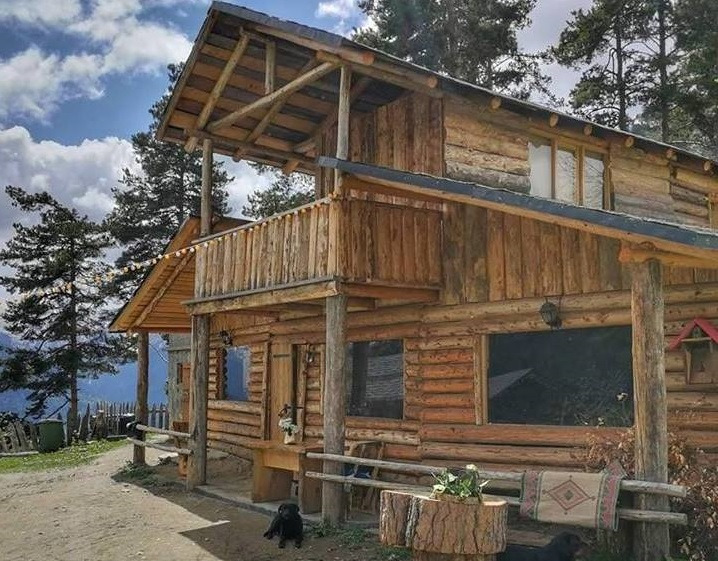
VILLAGE ADISHI
Remote beautiful small village at the foots of Mt.Tetnuldi on the way on a trek Mestia - Ushguli. For details about the trek please see: http://www.caucasus-trekking.com/treks/mestiaushguli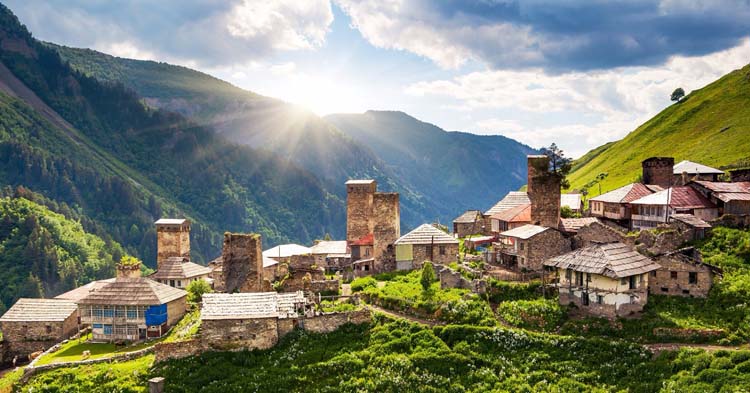
SAINT KVIRIKE CHURCH
Near village Kala on the road to Ushguli, in our opinion one of the best churches in the area. Always locked so if you would like to see it from the inside you should find family keeping the key (ask around in the village). The member of family will accompany and unlock the church, instead he will expect a contribution of approximately 40-50 GEL.
USHGULI
http://www.caucasus-trekking.com/Treks/shkhara).


 ქართული
ქართული
 Русский
Русский


